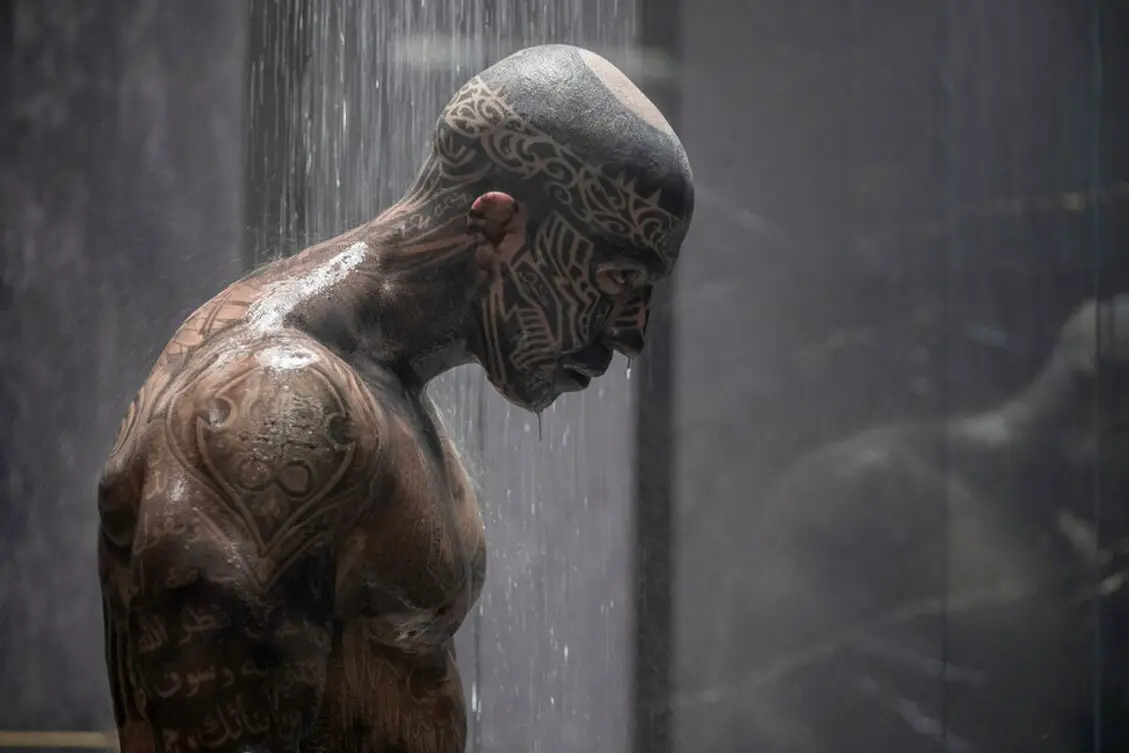“The Lost Symbol,” based on the bestselling novel by Dan Brown, is a fun and binge-worthy 10-episode series now streaming on Peacock. Brown’s novels chronicle the adventures of Robert Langdon, a recurring protagonist of Brown’s, that appeared in multiple movies released between 2006 and 2016. “The Lost Symbol” was set to be adapted into a film as well, but was ultimately cast aside for the most recent adaptation of Brown’s novel, “Inferno.”
The Peacock series, whose first episode aired last September, features an entirely different cast to tell the story that never made it to the big screen. While it strays pretty far from the plot of Brown’s novel, it feels like a fun and fresh update from the previous film adaptations.
“The Lost Symbol” series follows Langdon, a symbologist, who’s been asked to speak at the United States Capitol, only to find that his mentor — a Mason named Peter Solomon — has been taken hostage by an individual who threatens to kill Solomon if Langdon cannot find the Masonic pyramid.
Masons require their members to all be adult males who believe in a supreme being and the immortality of the soul. They are committed to philanthropy, morality, obeying the law, and have formed a secret society that doesn’t disclose their actions publicly — a condition that has spawned many conspiracy theories.
The Masonic pyramid is famous among Masons for symbolizing God’s eye overseeing humanity. Solomon’s frightening captor, Mal’akh, wants to gain access to this pyramid at all costs. Thus, he has kidnapped Solomon, placing his severed hand amid the Capitol Rotunda, intending to use Langdon for his extensive knowledge of symbols.
Meanwhile, Inoue Sato, director of the CIA’s Office of Security, has her own reasons for wanting Solomon back safe and sound, and Capitol police officer Alfonso Nuñez brings the laughs and much-needed comedic relief.
One major feature of the Peacock series that makes it feel new and refreshing is its cast. Tom Hanks played Langdon throughout the movies, and while there is no question that he is a talented actor, he was not convincing as the Harvard professor of symbology, dodging danger in high-stakes situations that bring about truth and enlightenment.
In contrast, Ashley Zukerman as Langdon feels believable. Zukerman’s performance effectively illustrates Langdon as brilliant without being pretentious — all while maintaining a controlled and disciplined demeanor. He’s also in touch with his emotions and is very open-minded, with the ability to engage all.
The series portrays Langdon as a man in his 30s, prior to the events that take place during Brown’s novels. This helps to make the show feel like an exhilarating breath of fresh air. Similarly, instead of portraying Katherine Solomon — Valorie Curry — as an older woman, the show changes her role from Peter’s sister to his daughter.
With Langdon and Katherine being around the same age, “The Lost Symbol” explores a romantic relationship between them, lending a more modern feel and attracting a younger audience. Not only does Langdon enjoy a personal relationship with the Solomon family through Peter, but also through his daughter, which presents a new sense of urgency in rescuing him.
Eddie Izzard’s portrayal of Peter Solomon is compelling. Izzard is a genderfluid actress and activist, and her performance as both an erudite public figure and confused parent is touching. Other notable performances include Sumalee Montano as Sato, Rick Gonzalez as Nuñez and Beau Knapp as Mal’akh.
The characters of Sato and Nuñez add a layer of drama and hilarity to the gripping plot of the Peacock series. Likewise, Mal’akh is a much more adversarial opponent than is portrayed in the book. Covered in tattoos from head to toe, he is physically and mentally frightening.
In the novel, Mal’akh did not initially intend to attempt to kill the Solomons, but in the Peacock series, he is a ruthless killer from the outset. In addition, the series creates a menacing mentor for Mal’akh who is shown to have guided and groomed him into who he has grown to become.
“The Lost Symbol” series successfully encapsulates all the signature twists and turns that make up Brown’s novels. The pulse-pounding plot moves quickly in an exciting race to expose the truth before it’s too late.
However, it takes time to delve into the characters’ backstories, discovering snippets of personality like Langdon’s claustrophobia and Peter’s heart-wrenching struggle with his now-deceased son, who had rejected his beliefs to instead live a life on the edge that he paid the ultimate price for in the end.
All of Brown’s novels explore religion and history, sparking controversy and debate of an academic and spiritual nature. However, Brown has made it clear that his books do not renounce Christianity. Instead of condemning religion, the Robert Langdon series thoroughly explores hidden possibilities by bringing them to light and provoking thoughtful discussion.
Brown’s books are fast-paced thrillers, often taking place over the course of a single day, that encompass hunts for objects of significance and an intricate web of clues. “Angels and Demons” (2000) serves as a prequel to the Robert Langdon series, exploring the Illuminati — an anti-religious organization thought to have died out.
Brown’s most famous novel, “The Da Vinci Code” (2003), addresses evidence that indicates Jesus Christ was married to Mary Magdalene and had a daughter, Sarah. “Inferno” (2013) concerns Dante’s “Inferno,” the first part of his epic poem “The Divine Comedy.” The novel details the nine circles of hell, each with its own punishment for specific sins. “Inferno” also explores the issue of overpopulation. Finally, Brown’s latest novel, “Origin” (2017) addresses the origins of humanity, tracing back to where we came from, as well as the state of our collective future.
“The Lost Symbol” is yet another masterpiece by Brown, and its television rendition, which can be streamed on Peacock, is well-executed. From casting to character changes, “The Lost Symbol” is arguably more refreshing and up-to-date than its previous film counterparts and will likely appeal to a larger audience.

















